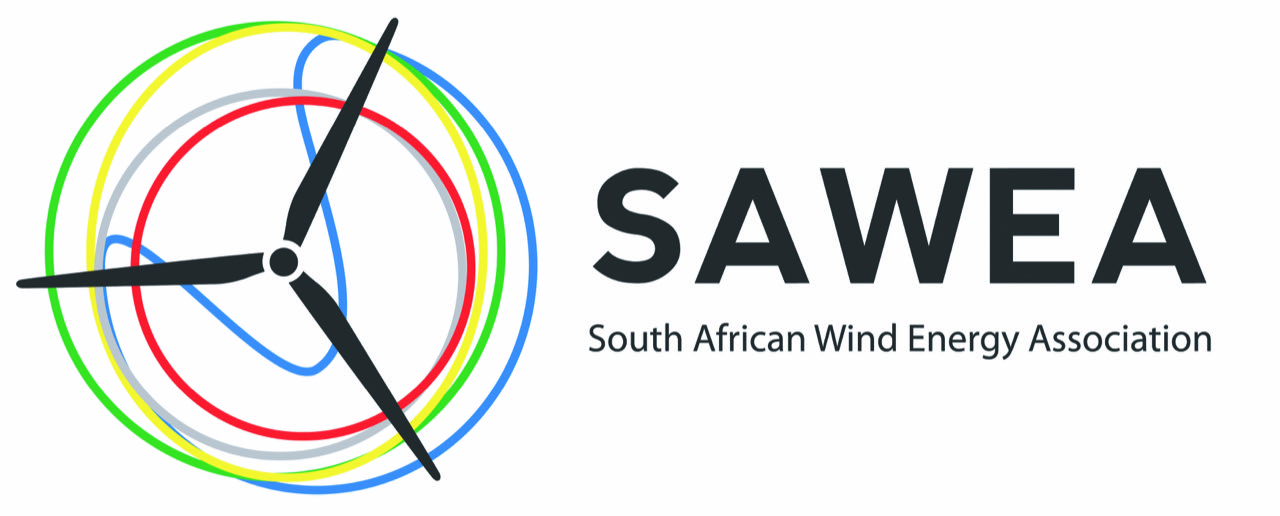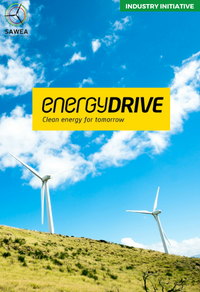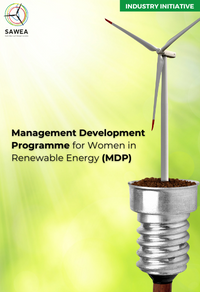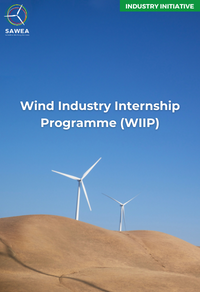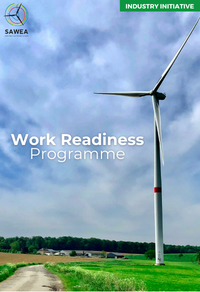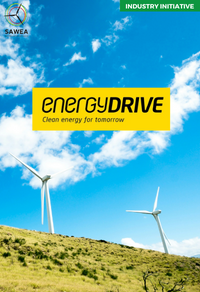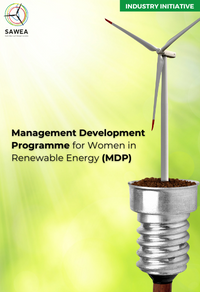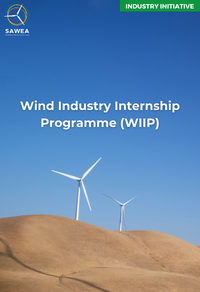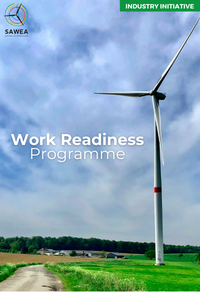2024 South African Renewable Energy Grid Survey reveals 48GW of Wind Energy Projects in the pipeline, a substantial 60% growth welcomed by the industry
The South African Wind Energy Association (SAWEA) is pleased to announce the release of the 2024 South African Renewable Energy Grid Survey (SAREGS) results, presented yesterday by Ronald Marais, Strategic Grid Planning Manager at Eskom NTCSA, during a webinar co-hosted by SAWEA, SAPVIA, and Eskom NTCSA.
In its third year, SAREGS has become an essential tool for aligning South Africa’s renewable energy development pipeline with grid planning and investment and further showcases the need for collaborative efforts between industry stakeholders.
“The survey reveals a substantial growth in wind energy projects, with over 48 GW in various stages of development - a significant increase from 30 GW in 2023,” explains Santosh Sookgrim, Senior Technical Advisor at SAWEA.
“Furthermore, the survey shows an expansion of wind energy projects in new regions such as KwaZulu-Natal and additional areas in the highveld, including in Mpumalanga. This marks a significant positive step forward in the just energy transition and is expected to drive socio-economic growth in these regions.”
Participation in the survey more than doubled, reaching 483 contributions, while the projected installed capacity of all renewable energies surged from 93.3 GW to 172.4 GW, and contracted capacity nearly doubled to 133.7 GW from 66 GW in 2023. Additionally, more than 60 GW of these projects are expected to come online within three to five years.
SAWEA believes the SAREGS findings will be pivotal in shaping South Africa’s future grid infrastructure, directly influencing grid capacity planning, Grid Connection Capacity Assessment (GCCA), and Transmission Development Plan (TDP) initiatives.
SAWEA’s commitment to transparency in grid capacity, through its Project Development Standing Committee, demonstrates its leadership in advancing a sustainable energy future.
“Wind energy remains a critical component of South Africa’s renewable energy strategy and plays a significant role in the country’s energy mix as we move towards a low-carbon, and energy secure future,” concludes Sookgrim.
